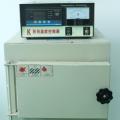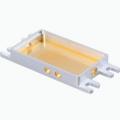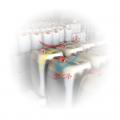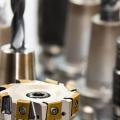What is "hydrogen embrittlement"? How does it affect the quality of electroplating?
Hydrogen embrittlement is more common in the electroplating process of steel parts. This is mainly due to the generation of reduced hydrogen atoms in the processes of pickling, cathode degreasing, and electroplating. Since the radius of hydrogen atoms is the smallest, they can freely enter the gaps of metal crystals and occupy certain crystal positions, which makes the crystal lattice deformed. , Bring internal stress or increase the local hardness of the substrate or coating, causing brittleness, which is often referred to as hydrogen embrittlement. The hydrogen entering between the substrate and the coating will also cause the coating to bubble.
Hydrogen embrittlement is particularly harmful to high-strength steel and elastic products. In order to prevent hydrogen embrittlement, some corrosion inhibitors should be added to the pickling solution to inhibit the precipitation of hydrogen. Electrolysis of the oil should use anode electrolysis. In electroplating, a larger current density and a plating species with high current efficiency should also be used. At the same time, for parts that are sensitive to hydrogen embrittlement, after electroplating is completed, hydrogen embrittlement should be removed for 2H at 200°C in a thermostat to remove the effect of hydrogen embrittlement. For highly demanding products, hydrogen can be removed under vacuum.







